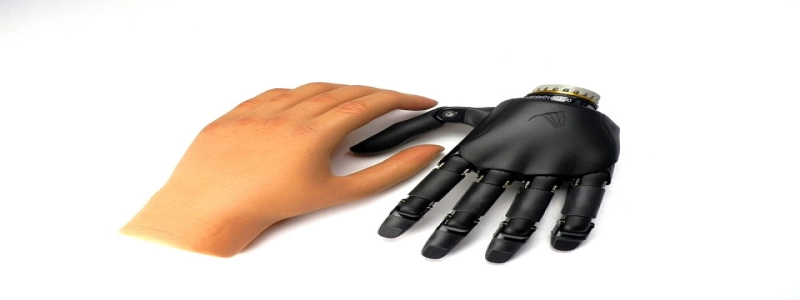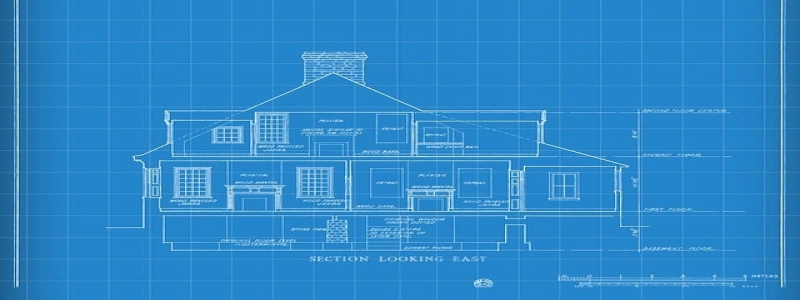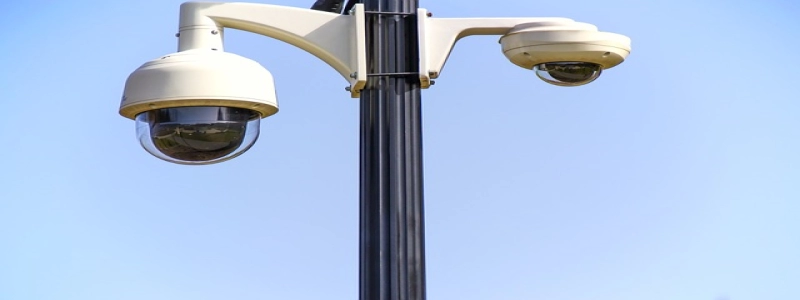Fiber Optic Cable Standards
Introduction:
Fiber optic cables are a crucial component in modern telecommunications and networking systems. These cables are widely used for transmitting data and information through light signals. To ensure compatibility and functionality, various standards have been established for fiber optic cables. This article will discuss the different levels of standards and their significance in ensuring reliable and efficient communication.
I. International Standards:
The International Electrotechnical Commission (IEC) is the global authority responsible for setting international standards for fiber optic cables. The IEC standards establish requirements for cable design, materials, performance, and testing methods. Adhering to these standards ensures that fiber optic cables manufactured by different companies can be used interchangeably across the globe. Some widely recognized IEC standards include IEC 60794 for cable construction and IEC 60793 for optical fiber specifications.
II. National Standards:
Many countries have their own national standards for fiber optic cables, which complement the international standards. For example, in the United States, the Telecommunications Industry Association (TIA) is responsible for developing and maintaining standards for fiber optic cables. TIA standards, such as TIA-568 for structured cabling systems, focus on the specific needs and requirements of the country’s telecommunications industry. These national standards may incorporate specific amendments or additions to the international standards to suit the local market.
III. Application-Specific Standards:
Certain industries or applications have specific requirements for fiber optic cables beyond the general standards. For instance, the Institute of Electrical and Electronics Engineers (IEEE) has developed standards specifically for fiber optic cables used in Ethernet networks. These standards, such as IEEE 802.3 for Ethernet cables, define the cable characteristics, transmission performance, and compatibility with networking equipment. Compliance with application-specific standards ensures optimal performance and compatibility within a particular industry or network.
IV. Performance Standards:
Apart from the design and construction standards, performance standards are essential to evaluate the capabilities of fiber optic cables. The most common performance standard is the optical loss budget, which specifies the acceptable amount of signal loss along the cable length. It ensures that the cable can transmit signals over the required distance without losing clarity and integrity. Other performance standards may include bandwidth requirements, signal-to-noise ratio, and latency specifications, depending on the application.
V. Testing and Certification:
To ensure the adherence of fiber optic cables to the established standards, testing and certification play a crucial role. There are specialized laboratories and certification bodies tasked with providing third-party testing and certification services. These organizations verify that the cables meet the specified standards by conducting various tests, such as optical loss, attenuation, and mechanical strength tests. Obtaining certification indicates that the fiber optic cables have been compliantly manufactured and are suitable for use in various systems and applications.
Conclusion:
Fiber optic cable standards are paramount to achieving reliable and efficient communication systems. International, national, application-specific, and performance standards ensure the interoperability, quality, and performance of fiber optic cables across different networks and industries. Compliance with these standards not only guarantees compatibility but also provides assurance of long-term reliability. Testing and certification further contribute to the overall quality control and reliability of fiber optic cables, ensuring their suitability for various applications in the ever-evolving world of telecommunications and networking.







